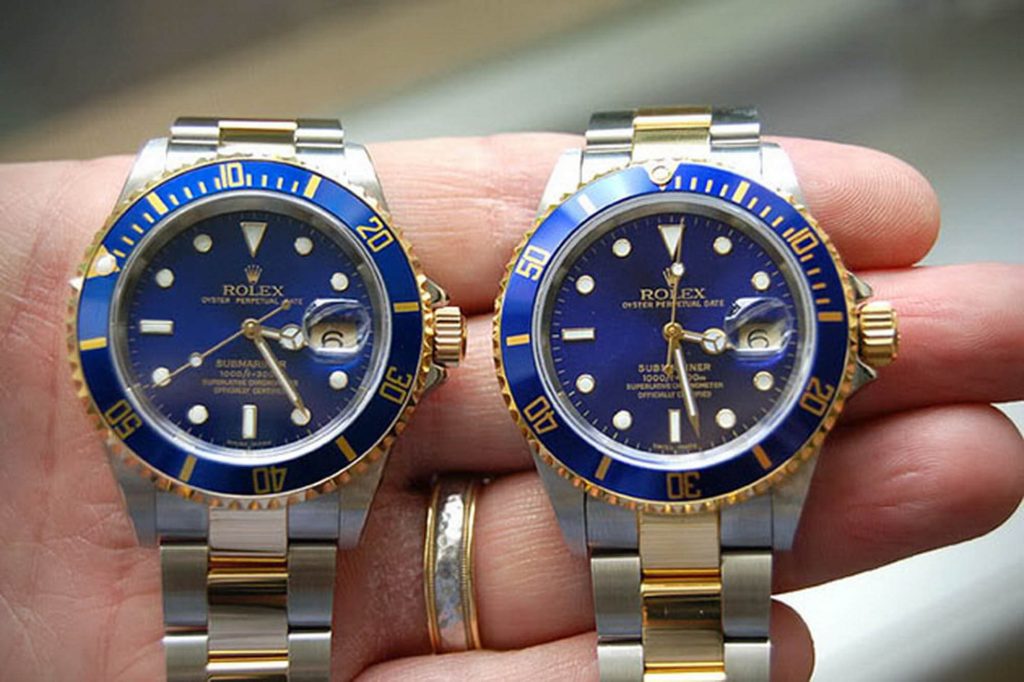The allure of Rolex watches is undeniable; they symbolize luxury, status, and impeccable craftsmanship. However, this desirability has led to a booming counterfeit market where replica Rolexes are manufactured and sold, often at a fraction of the cost of genuine pieces. Understanding the truth behind Rolex replicas requires an exploration of the motivations driving both consumers and counterfeiters, the techniques used to produce these replicas, and the implications for buyers. The motivations behind purchasing counterfeit Rolexes are varied. For many, the appeal lies in the desire for a luxury item that is otherwise financially out of reach. The prestige associated with wearing a Rolex can enhance social status, leading some individuals to compromise their principles in favor of appearance. The counterfeit market has evolved to cater to these desires, producing replicas that closely mimic the appearance of genuine Rolex watches, allowing consumers to enjoy the look of luxury without the financial burden. This phenomenon is particularly prevalent among younger consumers who may prioritize fashion and status over authenticity, viewing replica watches as a viable alternative.

Counterfeit Rolexes are manufactured using a range of techniques that can make them difficult to distinguish from authentic watches. High-quality replicas may feature materials that closely resemble those used in genuine models, such as stainless steel or gold plating. The craftsmanship in these replicas can sometimes be surprisingly sophisticated, with attention to detail that mimics the aesthetics of original Rolex models. Furthermore, advancements in technology have enabled counterfeiters to produce watches that not only look similar but also function like the real deal, featuring accurate movements and similar weights. However, despite these advancements, there are often telltale signs that can reveal a watch’s counterfeit status, such as discrepancies in weight, engravings, or the movement’s ticking sound. The implications of buying a counterfeit replica rolex extend beyond mere aesthetics. While a replica may satisfy a superficial desire for luxury, it carries significant risks. First and foremost, consumers may unknowingly support illegal activities associated with the counterfeit market, which often includes labor exploitation and environmental harm.
The production of counterfeit watches frequently takes place in unregulated environments where labor laws are ignored, and workers are often subjected to poor working conditions. Additionally, the purchase of replicas can lead to legal consequences, as buying and selling counterfeit goods is illegal in many jurisdictions. Moreover, owning a counterfeit watch can diminish the value of genuine timepieces. Collectors and enthusiasts often view replicas as an affront to the craftsmanship and heritage associated with brands like Rolex. For those who genuinely appreciate horology, the presence of counterfeits can dilute the market and impact the resale value of authentic watches. It can also create an ethical dilemma for consumers who value transparency and integrity in their purchases. In conclusion, while Rolex replicas may offer an enticing alternative for those seeking the appearance of luxury, the truth behind the counterfeit market reveals a complex web of motivations, techniques, and consequences. Consumers must weigh their desire for status against the ethical implications of supporting a market that thrives on deception and exploitation.
